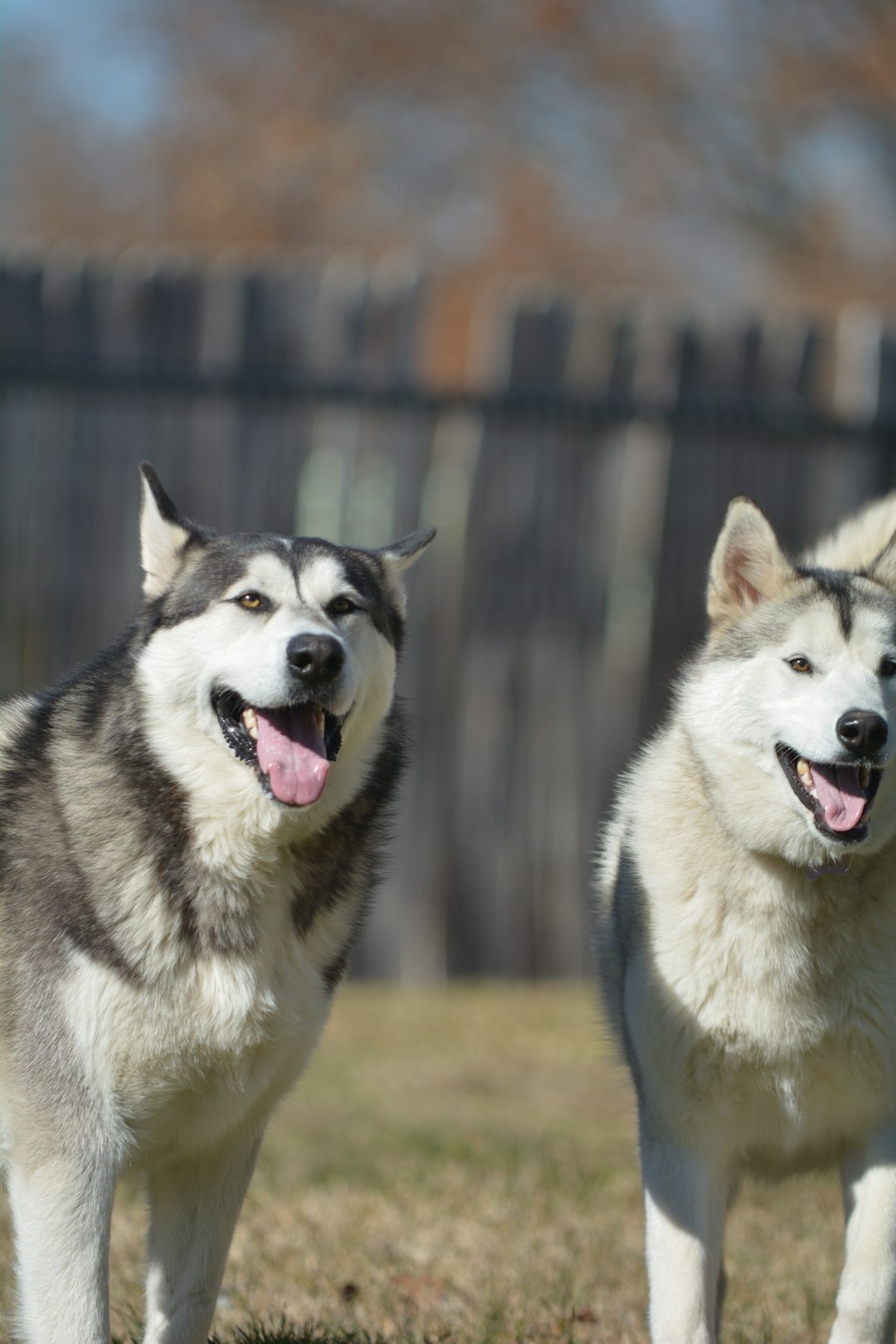Curious about sharing your snack with your furry friend? You might be wondering, Can dogs eat figs? While these sweet fruits pack a punch of flavor and nutrition, the answer isn’t as straightforward as you’d think. Some dogs might enjoy a fig flake here and there, but others could face potential tummy trouble. Let’s dive into the juicy details and uncover what every dog parent should know before tossing that fig into the dog bowl!
Understanding the Nutritional Value of Figs for Dogs

So, you’re pondering, can dogs eat figs? Well, let’s break down the nutrition! Figs pack a punch with beneficial nutrients and can offer some surprising perks for our furry friends. Here’s what’s inside those squishy delights:
- Vitamins & Minerals: Figs contain vitamins A, B, and K along with essential minerals like calcium, magnesium, and potassium. Your pup might appreciate those!
- Fiber: Figs are rich in fiber, which aids in digestion. Just imagine your dog strutting around like a well-informed digestive expert!
- Antioxidants: These fruits boast antioxidants that combat free radicals—those pesky little troublemakers in your dog’s body.
However, keep in mind that moderation is key, as too many figs can lead to gastrointestinal upset. So, if someone asks, “Can dogs eat figs?” You can confidently say they can, with a sprinkle of caution!
Remember, while figs are nutritious, always consult with your veterinarian before tossing a fig treat to your pup!
Potential Health Benefits of Figs for Dogs

When pondering the question, “Can Dogs Eat Figs,” it’s time to consider the potential health benefits of these sweet treats. Figs may have some perks up their furry sleeves!
Here’s why you might want to share a fig or two (just not too many!):
- Rich in Fiber: Figs are packed with dietary fiber, promoting healthy digestion. A happy gut equals a happy pup!
- Loaded with Vitamins: They contain vitamins A, B, and K—perfect for supporting your dog’s immune system and overall health.
- Antioxidants Galore: Figs boast antioxidants that help combat free radicals, aiding in keeping those tails wagging.
- Natural Sweetness: If your pooch has a sweet tooth, figs can be a healthy alternative to sugary treats.
However, keep these benefits in mind. Moderation is key, as too much of a good thing can lead us back to the original question: Can Dogs Eat Figs safely? Always introduce new foods gradually and keep an eye on your furry friend for any adverse reactions!
Risks and Concerns of Feeding Figs to Dogs

When pondering the question, Can Dogs Eat Figs, it’s essential to weigh the pros and cons. While figs offer some nutritional perks, they also have their fair share of risks that might make you think twice before sharing.
Potential Risks:
- High Sugar Content: Figs are sweet little fruits, which can spike your dog’s blood sugar levels; moderation is key!
- Digestive Issues: Too many figs can lead to gas, diarrhea, or an upset stomach—definitely a no-go during gameplay!
- Ficus Plant Poisoning: Figs belong to the Ficus family, which can be toxic to dogs. Ensure you keep any Fig trees out of reach.
Signs of Trouble:
If your dog starts showing these symptoms after indulging in figs, it’s crucial to act fast:
- Vomiting
- Excessive drooling
- Abdominal pain
So, before asking, “Can Dogs Eat Figs?,” remember: while a little nibble may be okay, it’s vital to keep an eye out for any potential mishaps! Stay informed and keep those tails wagging! 🐾
How to Safely Introduce Figs to Your Dog’s Diet
So, you’ve decided to explore the culinary delights of figs for your furry friend. But wait—can dogs eat figs without a hitch? Absolutely, but moderation is key! Here’s how to safely introduce this delicious fruit to your dog’s diet:
- Start Small: Chop a fig into small pieces. Think of it as a taste test; this will help you monitor for any adverse reactions without overwhelming their system.
- Watch for Reactions: After your dog samples their fig, keep an eye on them for any unusual behavior or digestive issues. Remember, every dog is unique!
- Frequency Matters: Only offer figs as an occasional treat, not a daily snack. A few slices here and there might be a delightful addition, but don’t turn it into a fig frenzy.
- Consult Your Vet: Before you go full fig fiesta, have a chat with your vet. They can provide tailored advice based on your dog’s health and dietary needs.
In summary, yes, can dogs eat figs? They can, but be wise and introduce them cautiously. Happy snacking!
Signs of Fig Allergies or Intolerance in Dogs
When it comes to the question, “Can dogs eat figs?” it’s essential to keep an eye out for any signs of allergies or intolerance. Just like us, our furry friends can have varying reactions to new foods, including figs. Here’s what to watch for:
- Skin Reactions: Itchy, red patches or hives can indicate an allergic reaction.
- Digestive Distress: Symptoms like vomiting or diarrhea signal that your dog might not handle figs well.
- Swelling: Look for unusual swelling, particularly around the face or mouth, which could mean your pup is having an allergic reaction.
If your dog shows any of these symptoms after tasting figs, it’s best to stop feeding them and consult with your veterinarian. They can provide guidance on whether figs are a safe option or if you need to explore alternatives.
In brief, while discussing if can dogs eat figs, always prioritize your dog’s health and be on guard for any of these warning signs!
Recommended Serving Sizes for Dogs
So, you’re wondering, “Can dogs eat figs?” Well, they can, but moderation is key! Just like you wouldn’t binge on your favorite dessert every day (I hope!), your dog shouldn’t overindulge in figs either. Here’s how to navigate the serving sizes wisely:
- Small Dogs: 1/2 a fig per day
- Medium Dogs: 1 whole fig per day
- Large Dogs: 1-2 figs per day
A Little Fig Goes a Long Way:
- Figs are high in fiber and natural sugars. Too much might lead to digestive drama or some unexpected ‘figgy’ bathroom breaks.
- Always cut figs into manageable pieces to prevent choking and to make sure your pup enjoys those delightful flavors without the risk.
Final Thought:
When asking “Can dogs eat figs?” remember that moderation is the secret ingredient. Keep an eye on how your dog reacts, and if they show any signs of discomfort, it’s best to say “figs, who?” and swap for another healthy treat!
Alternatives to Figs for Healthy Dog Treats
Let’s face it, while the question can dogs eat figs might pique your interest, not every dog’s palate will appreciate this unique fruit. Luckily, you have plenty of alternatives that are both delicious and nutritious for your furry friend! Here are a few fantastic substitutes:
- Carrots: Crunchy, low-calorie, and rich in beta-carotene, carrots are a dog’s delight!
- Blueberries: These tiny powerhouses are packed with antioxidants. Plus, dogs adore them!
- Apples: A classic choice! Just be sure to remove the seeds and core.
- Sweet Potatoes: Cook them up, mash them down, and you’ve got an irresistible treat loaded with vitamins.
Quick Comparison
| Treat | Nutritional Benefits | Dog-Approved Taste Index |
|---|---|---|
| Figs | Fiber, minerals | Moderate |
| Carrots | Low calorie, Vitamin A | High |
| Blueberries | Antioxidants, low in calories | Very High |
| Apples | Vitamins A and C, fiber | High |
| Sweet Potatoes | Vitamins C & B6, fiber | Very High |
Remember, before you dive into the fruit basket, consult your vet. Nobody wants to take a bite out of the wrong bowl! So, if you’re wondering can dogs eat figs, the answer may just lie in these superb alternatives.
Consulting Your Veterinarian About Feeding Figs to Dogs
So, you’ve discovered the question on every pet parent’s mind: Can Dogs Eat Figs? It’s only natural to want the best for your furry companion, and that curiosity can lead down a rabbit hole of information. However, let’s not forget the most reliable source—your veterinarian!
Here’s why consulting your vet is essential:
- Individual Health Needs: Every dog is unique! Your vet knows the specific health concerns, allergies, and dietary needs of your pooch.
- Fig Varieties: Not all figs are created equal. While some varieties are safe, others could pose risks to your dog’s health. Your vet can help you navigate this fig-tional maze.
- Supervised Introduction: Want to add figs to your dog’s diet? Your vet can provide a game plan for safe introduction, ensuring you monitor for any adverse reactions.
When in doubt, give your vet a shout! This way, you’ll have peace of mind while ensuring your pup has the tastiest—and safest—treats. After all, who wants to risk the health of their four-legged friend over a fruity snack?
Frequently Asked Questions
Can dogs eat figs safely?
Absolutely! Dogs can munch on figs in moderation. These squishy little fruits pack a punch with vitamins and fiber, which can aid your pup’s digestion. However, it’s essential to ensure they’re fresh and without any funky preservatives. Too many figs might lead to tummy troubles due to their high sugar content, so treat them as a rare snack rather than a staple!
What are the benefits of figs for dogs?
Figs are like nature’s candy for dogs! They are rich in antioxidants, fiber, and a range of vitamins including A, B, and K, which can contribute to your furry friend’s overall health. Not to mention they can help maintain a healthy weight and support digestion with their fiber content. Just remember, sharing is caring but moderation is key!
Are there any risks associated with feeding figs to dogs?
While figs can be a delightful treat, they come with a few caveats. Overindulgence can lead to digestive distress, as mentioned earlier. Additionally, the fig tree’s leaves are toxic to dogs, potentially causing skin irritation or more severe reactions. So, if your pooch shows unusual behavior post-fig feast, it’s best to let your vet take a look!
How should I prepare figs for my dog?
The formula is simple: fresh, ripe, and clean! Wash the figs thoroughly, chop them into manageable bites for your canine companion, and voilà! Just like cooking without a recipe, it’s all about keeping it fresh and straightforward. Avoid dried figs—those little sugar bombs can be eye-rollingly sweet and overly calorific for your pet!



